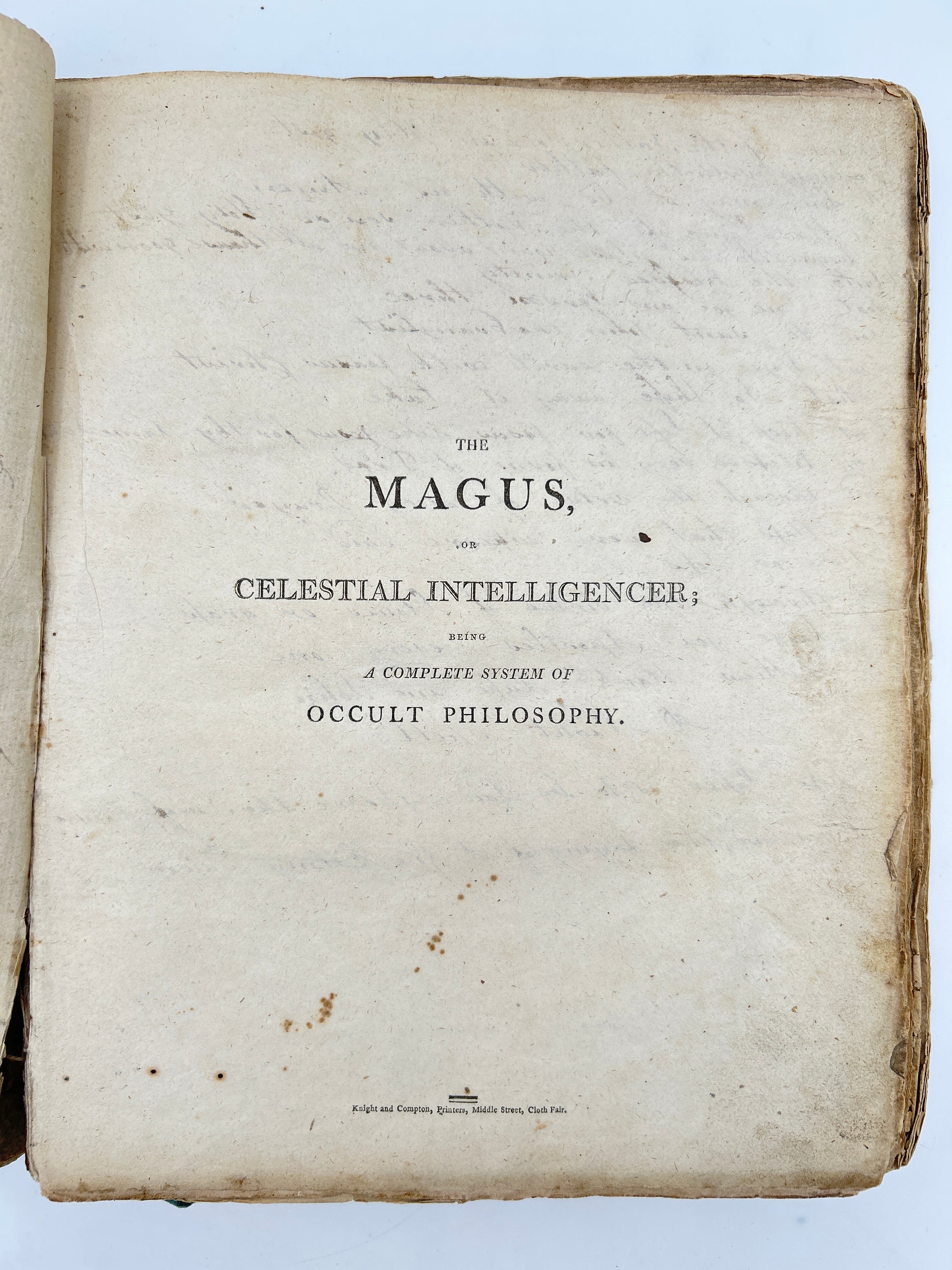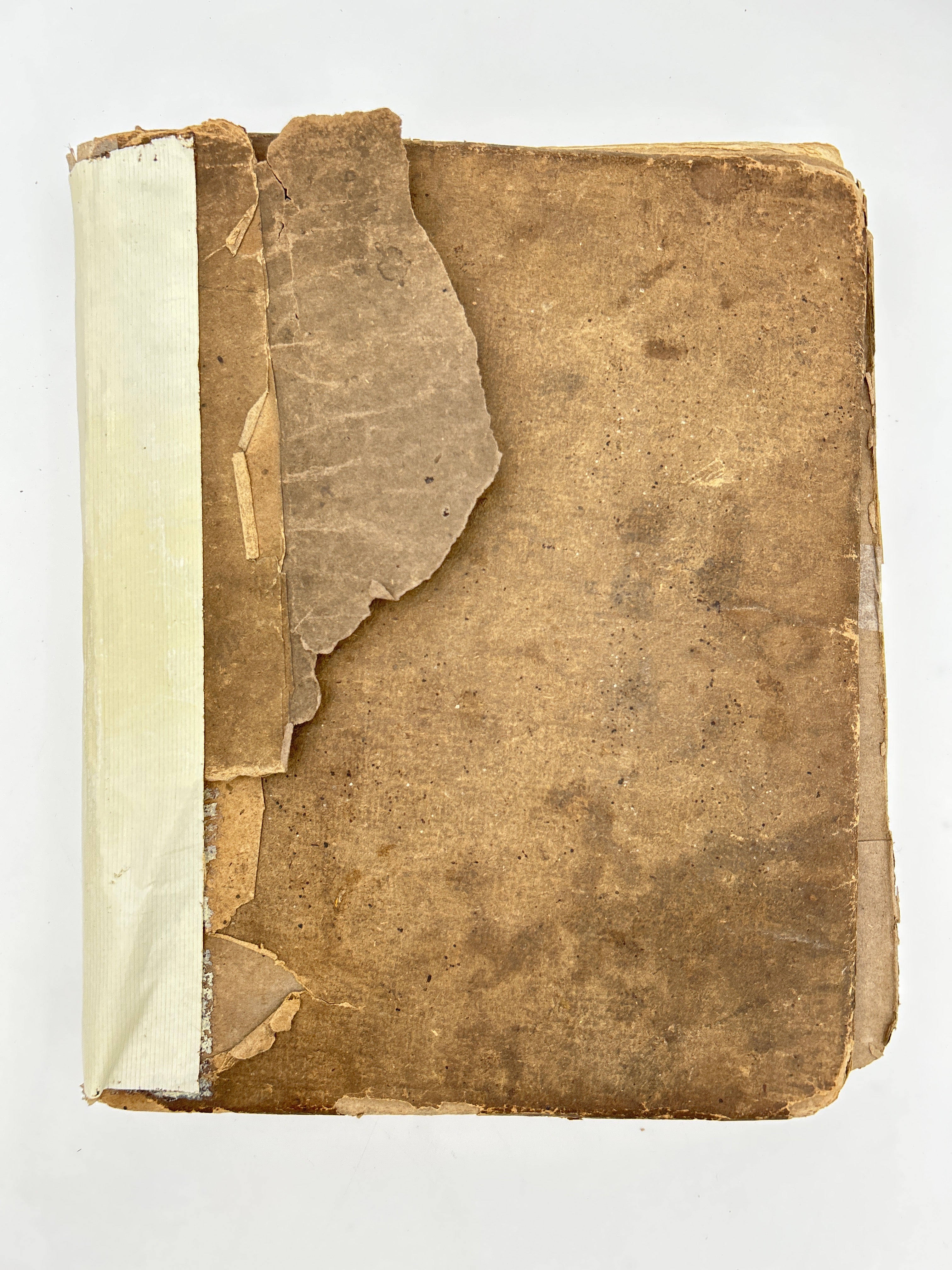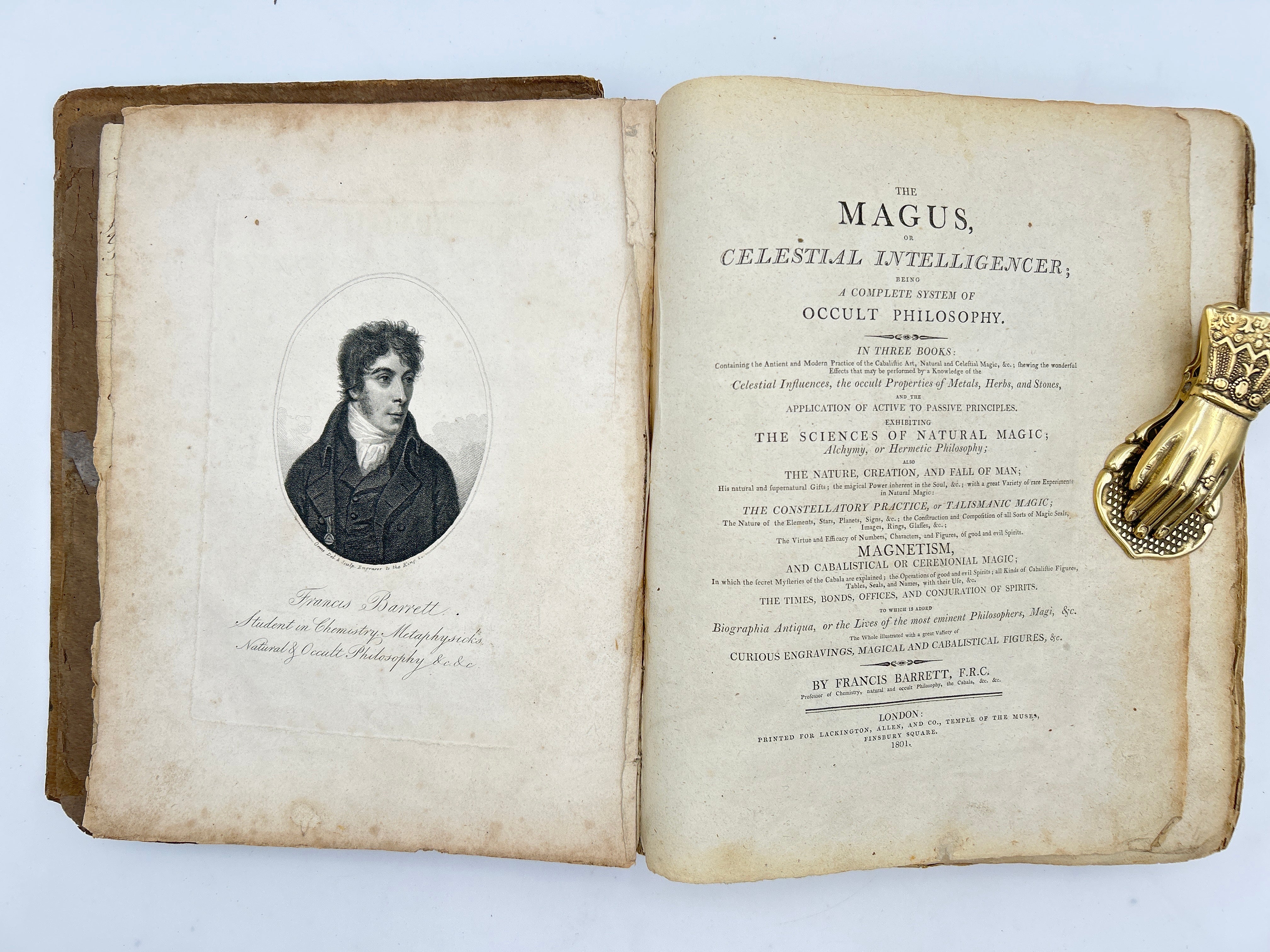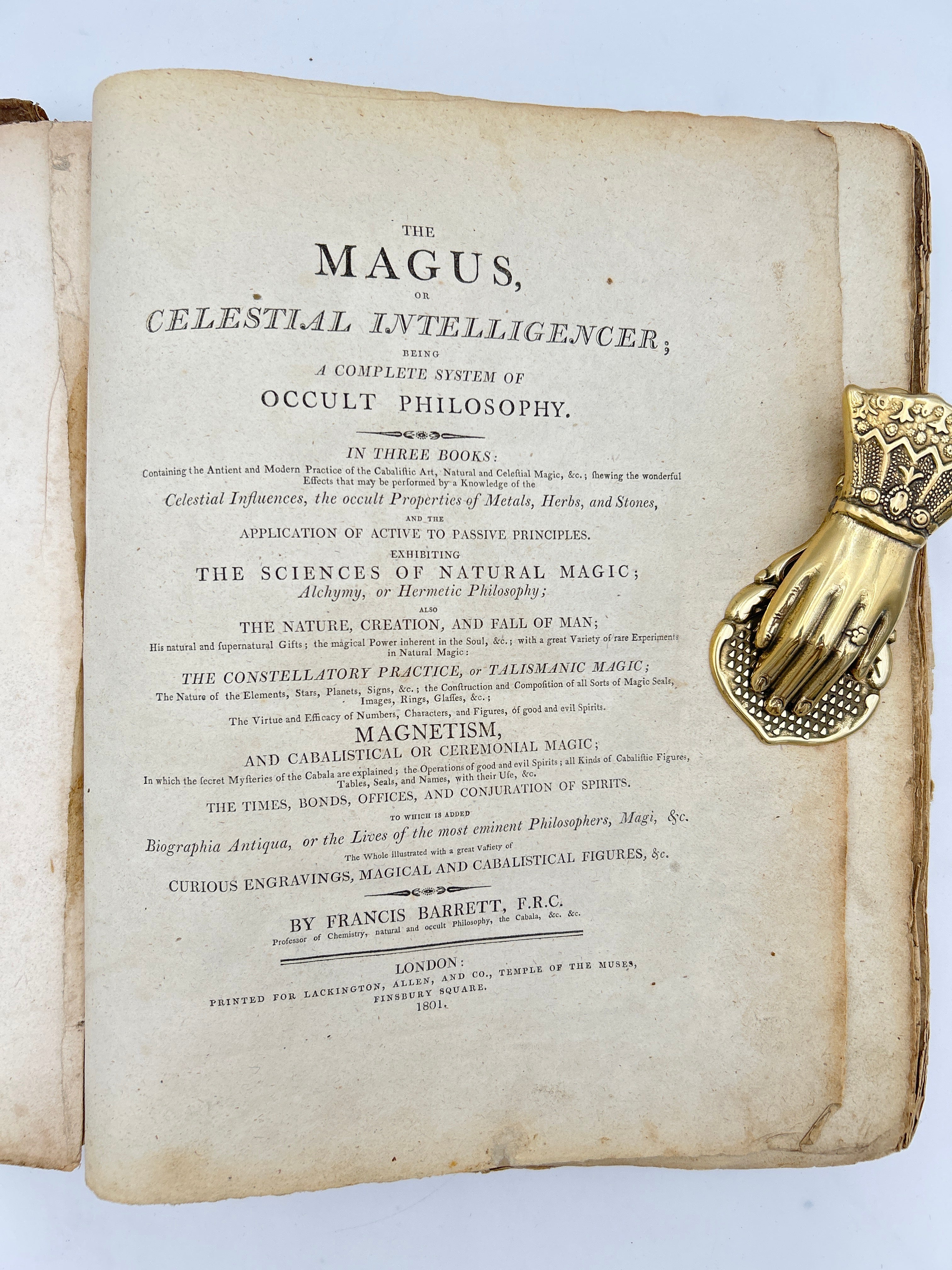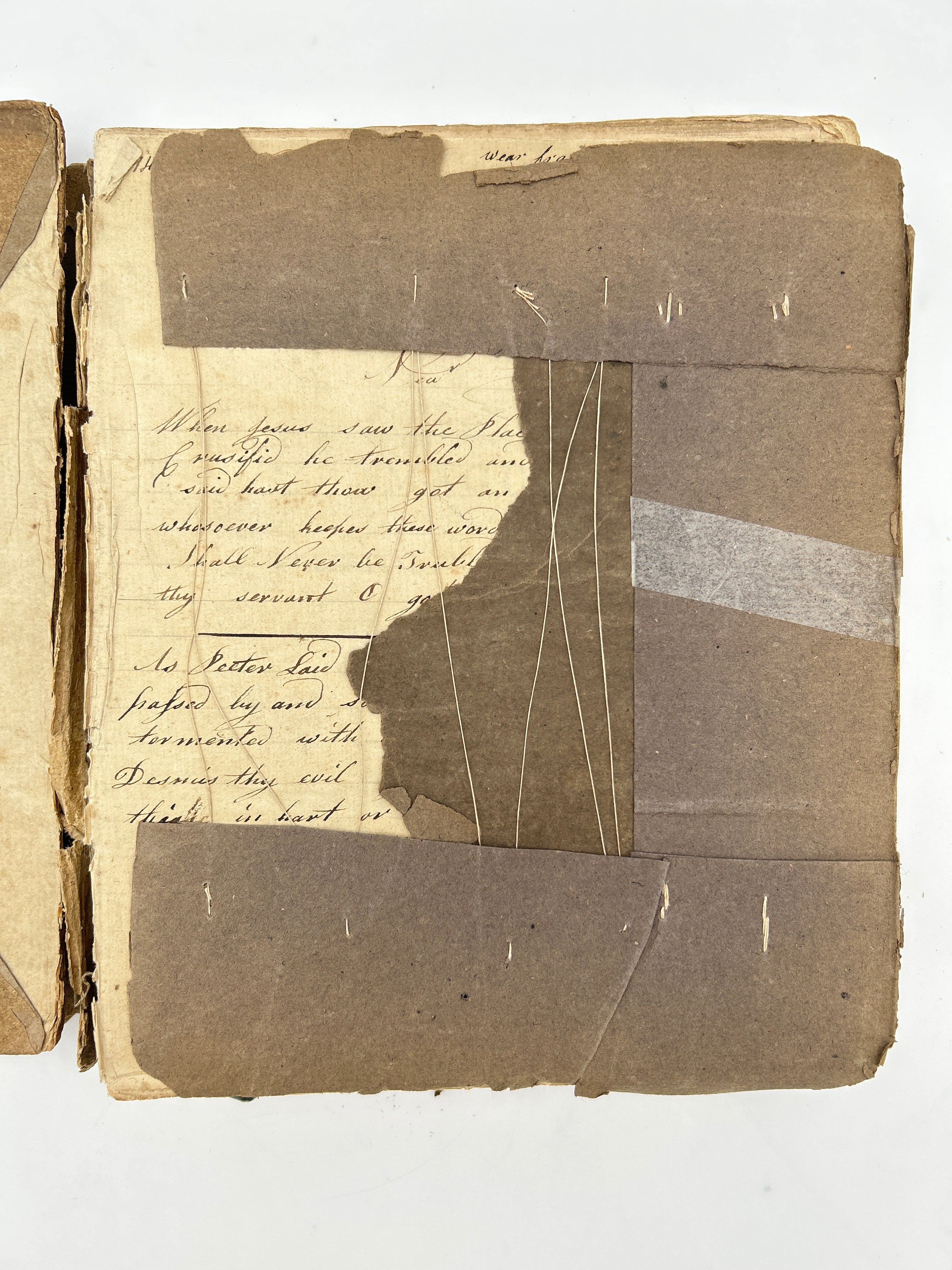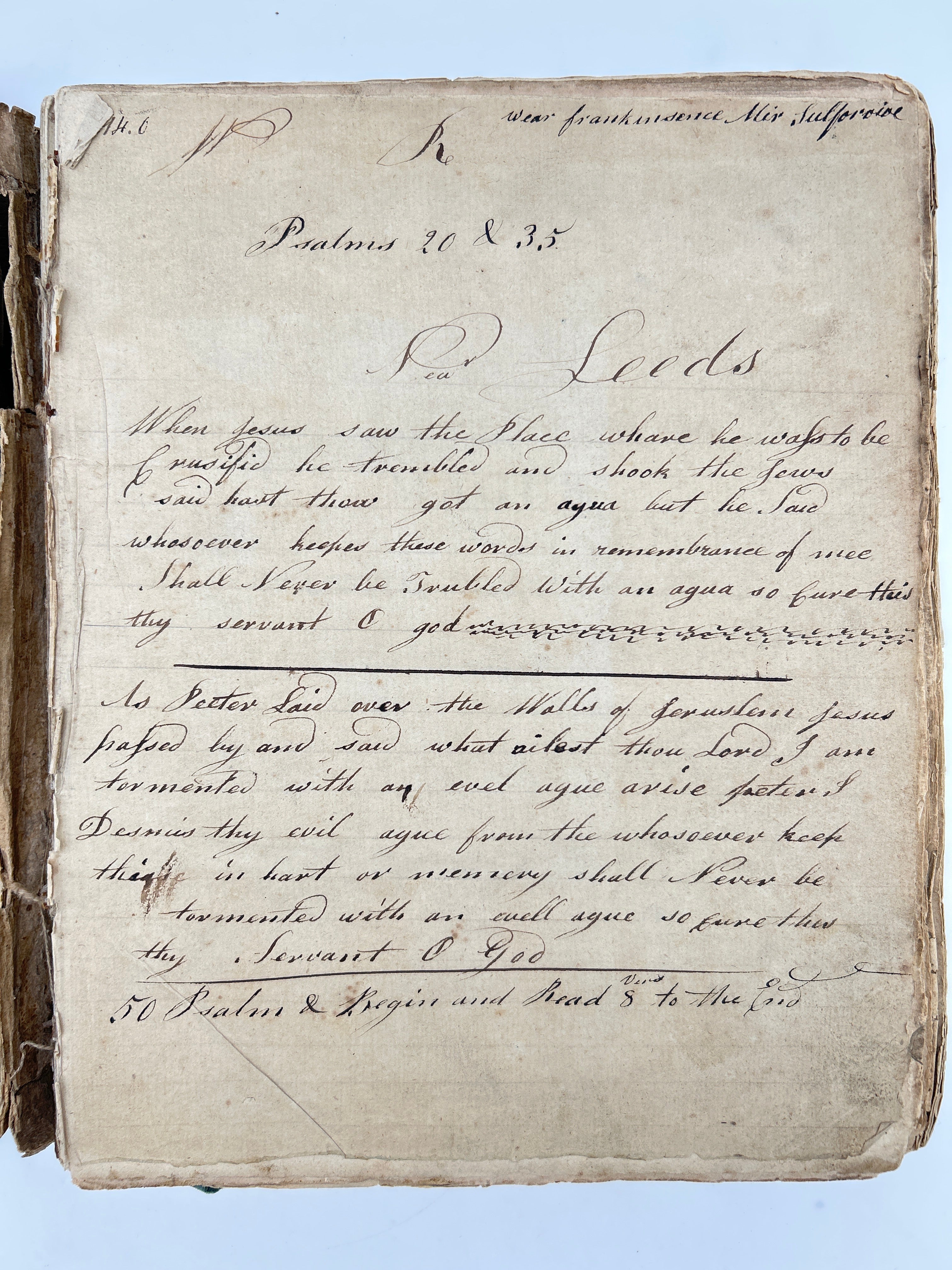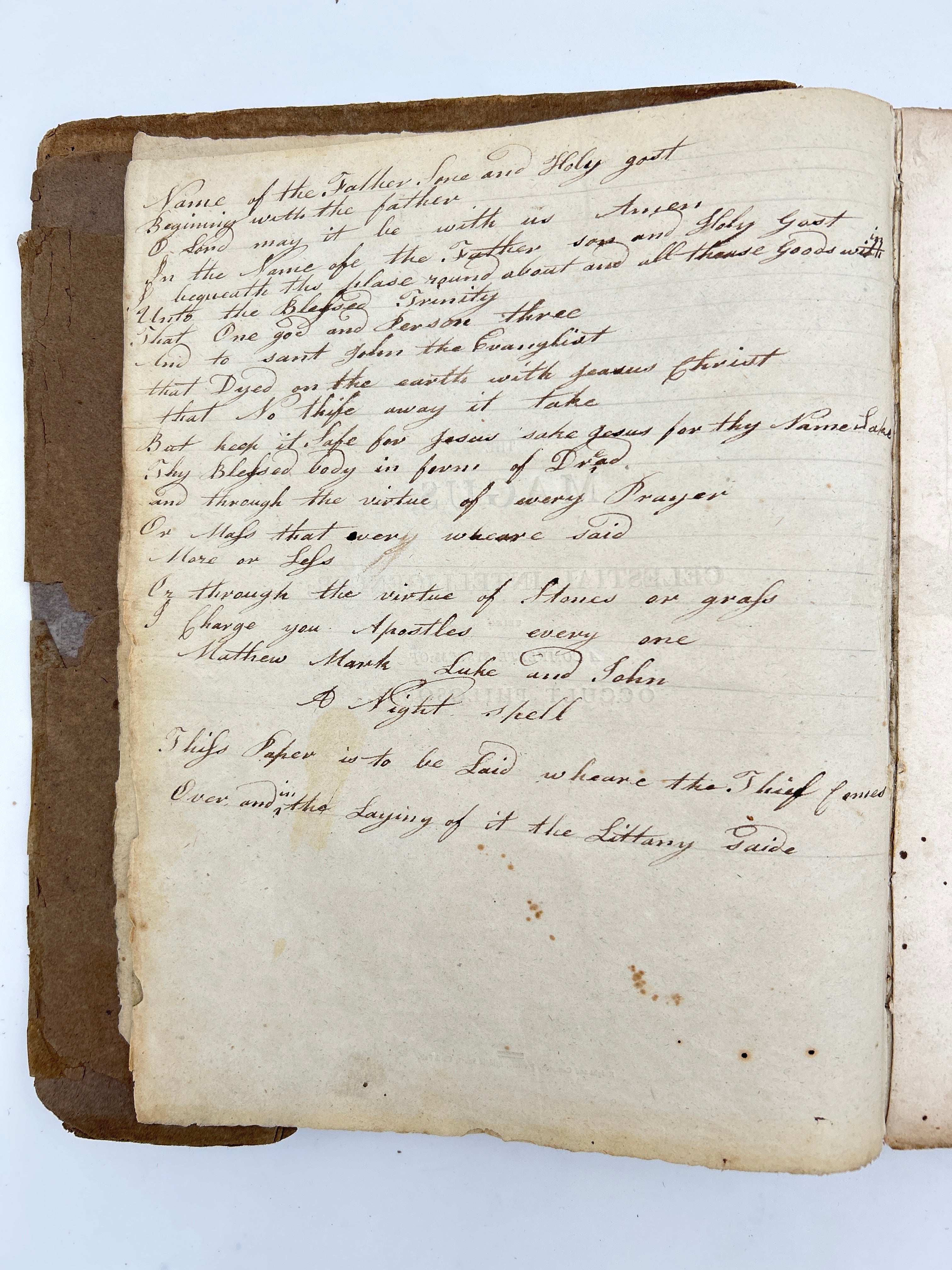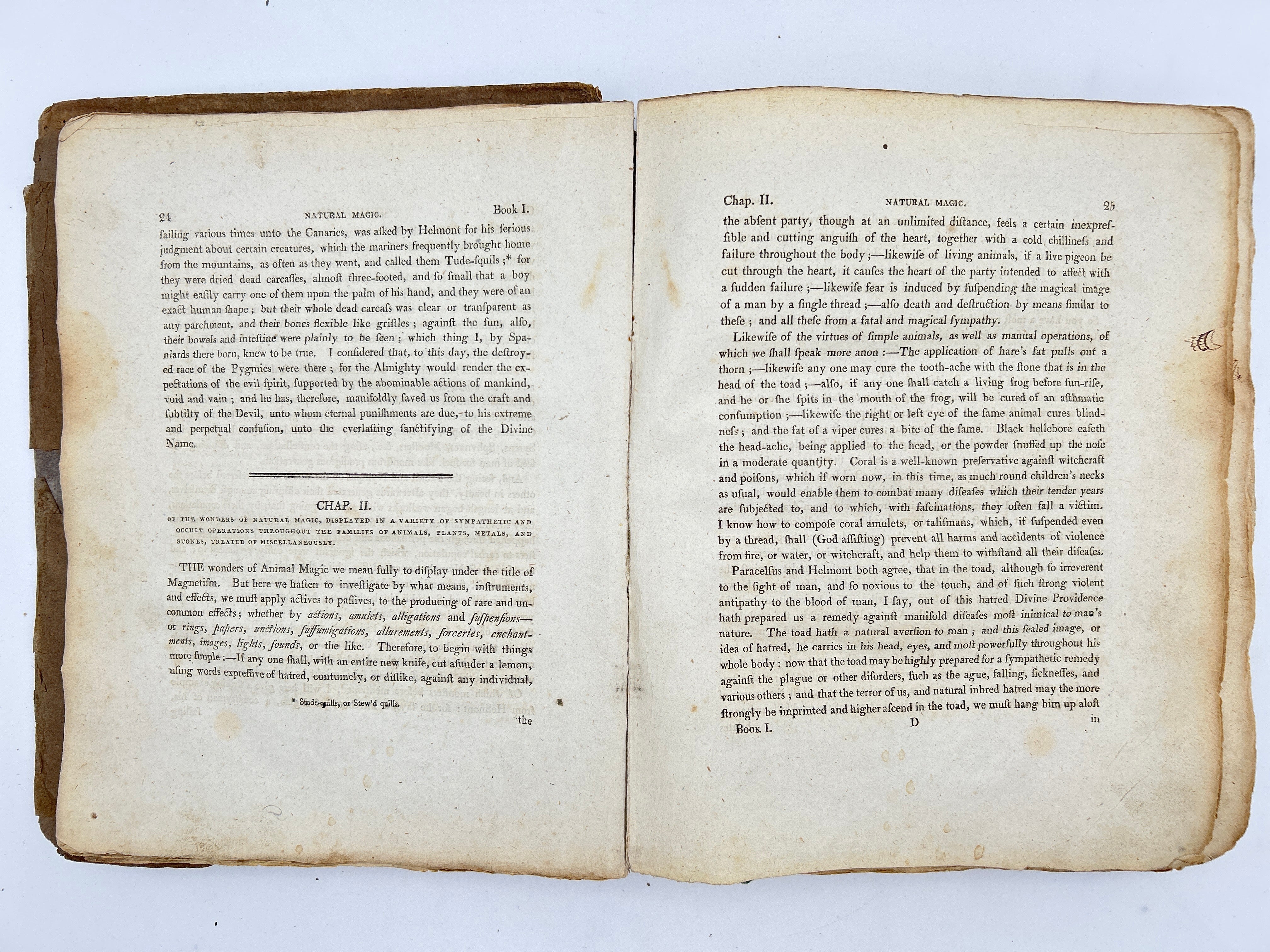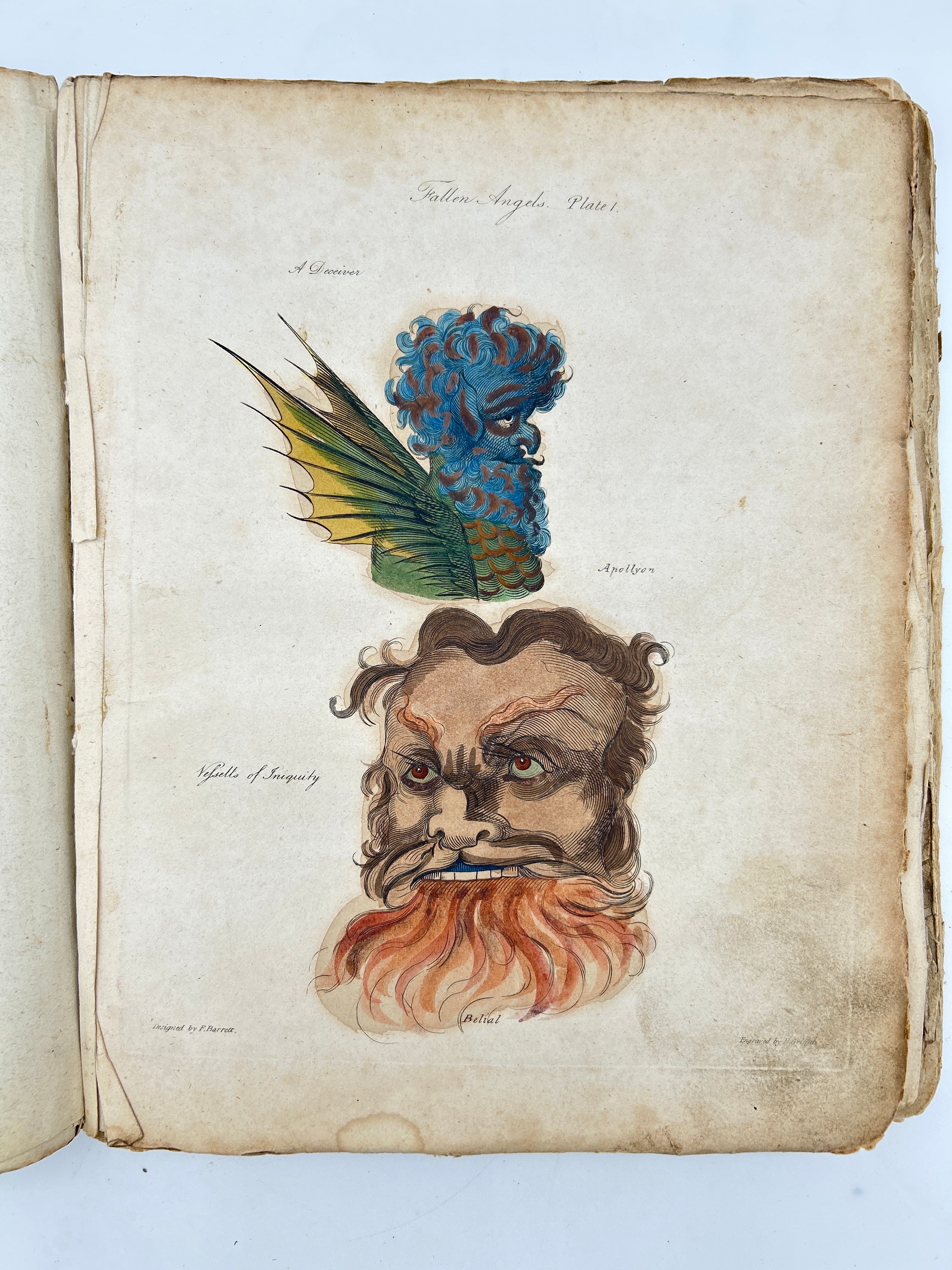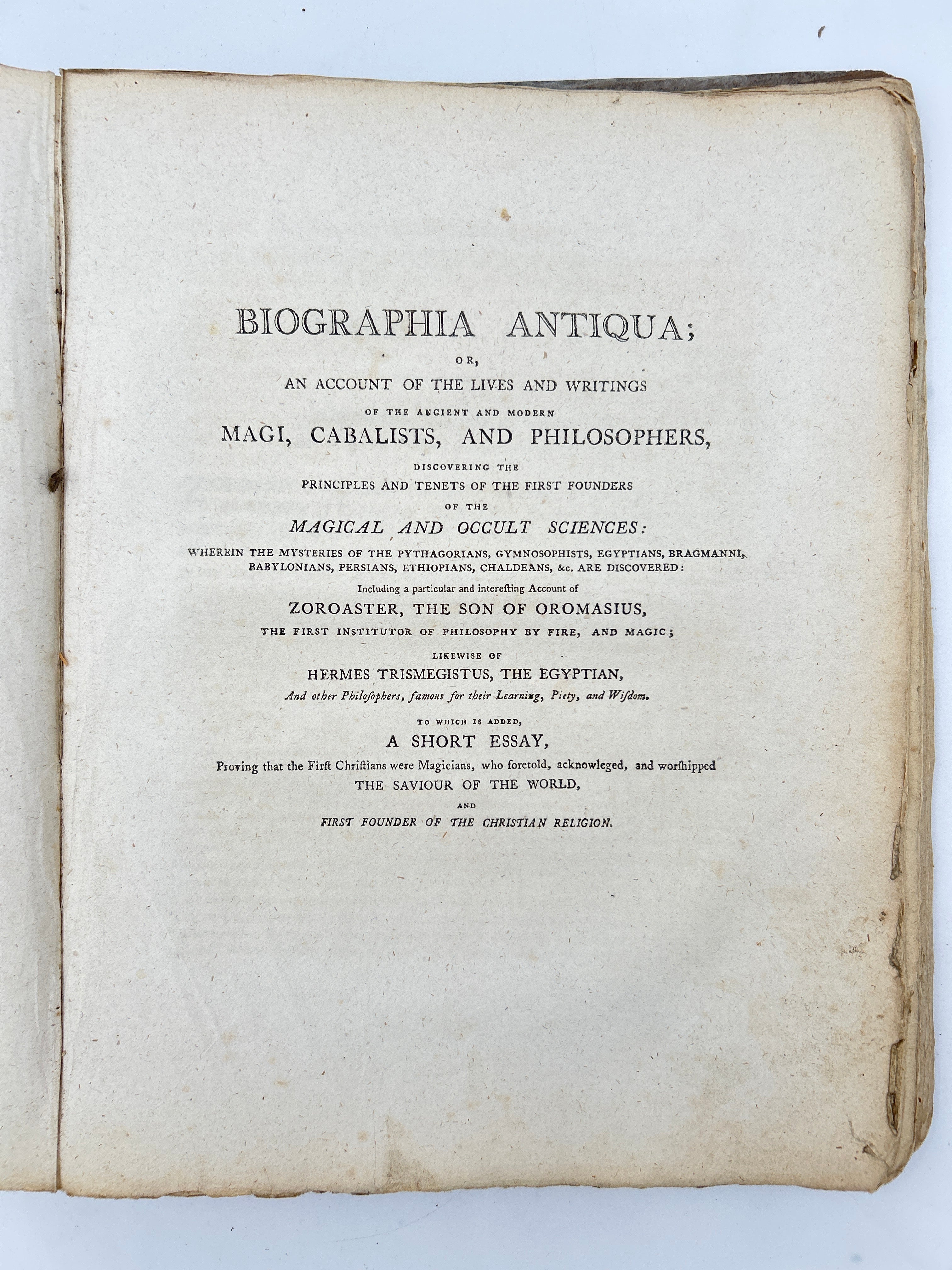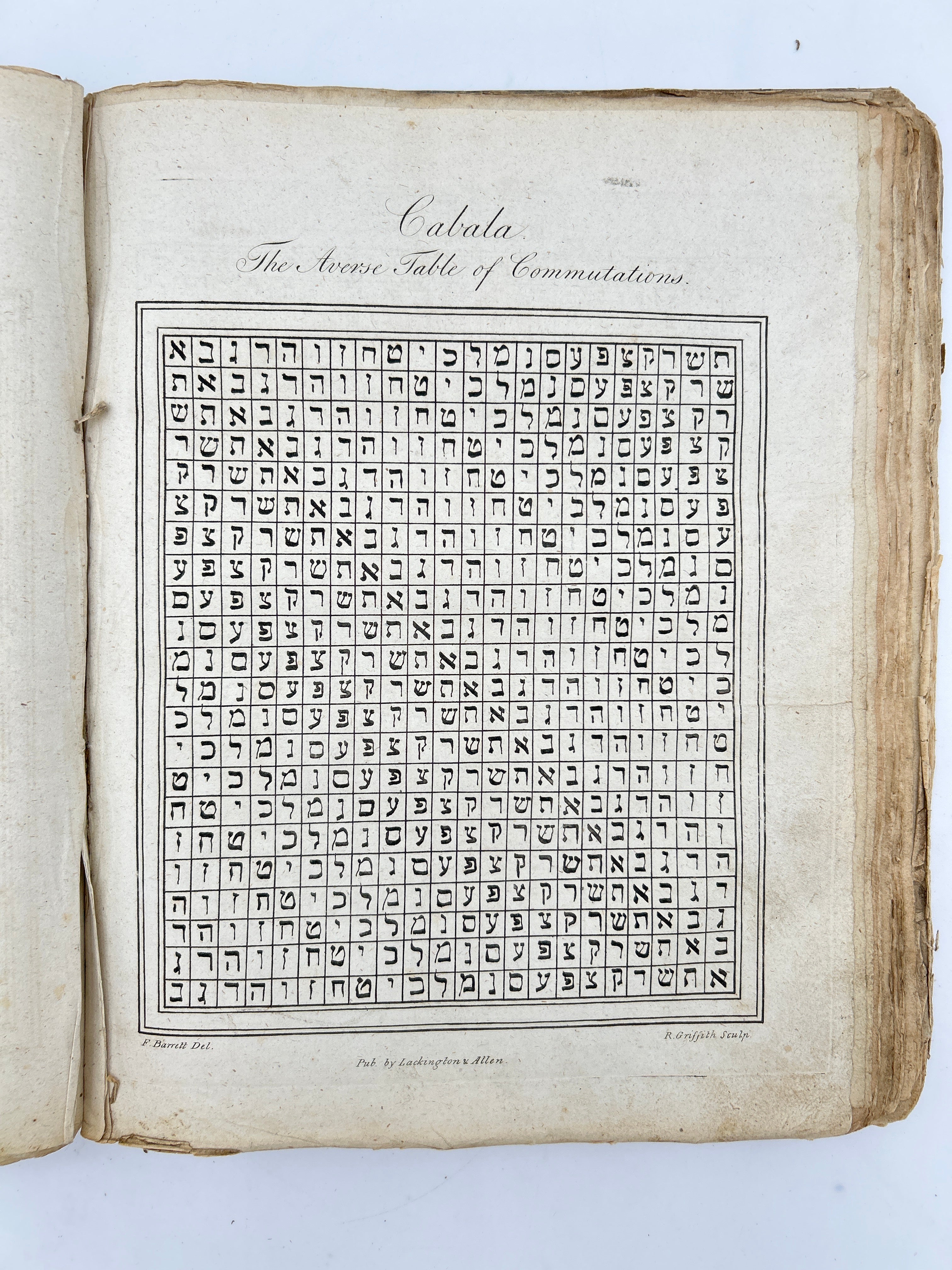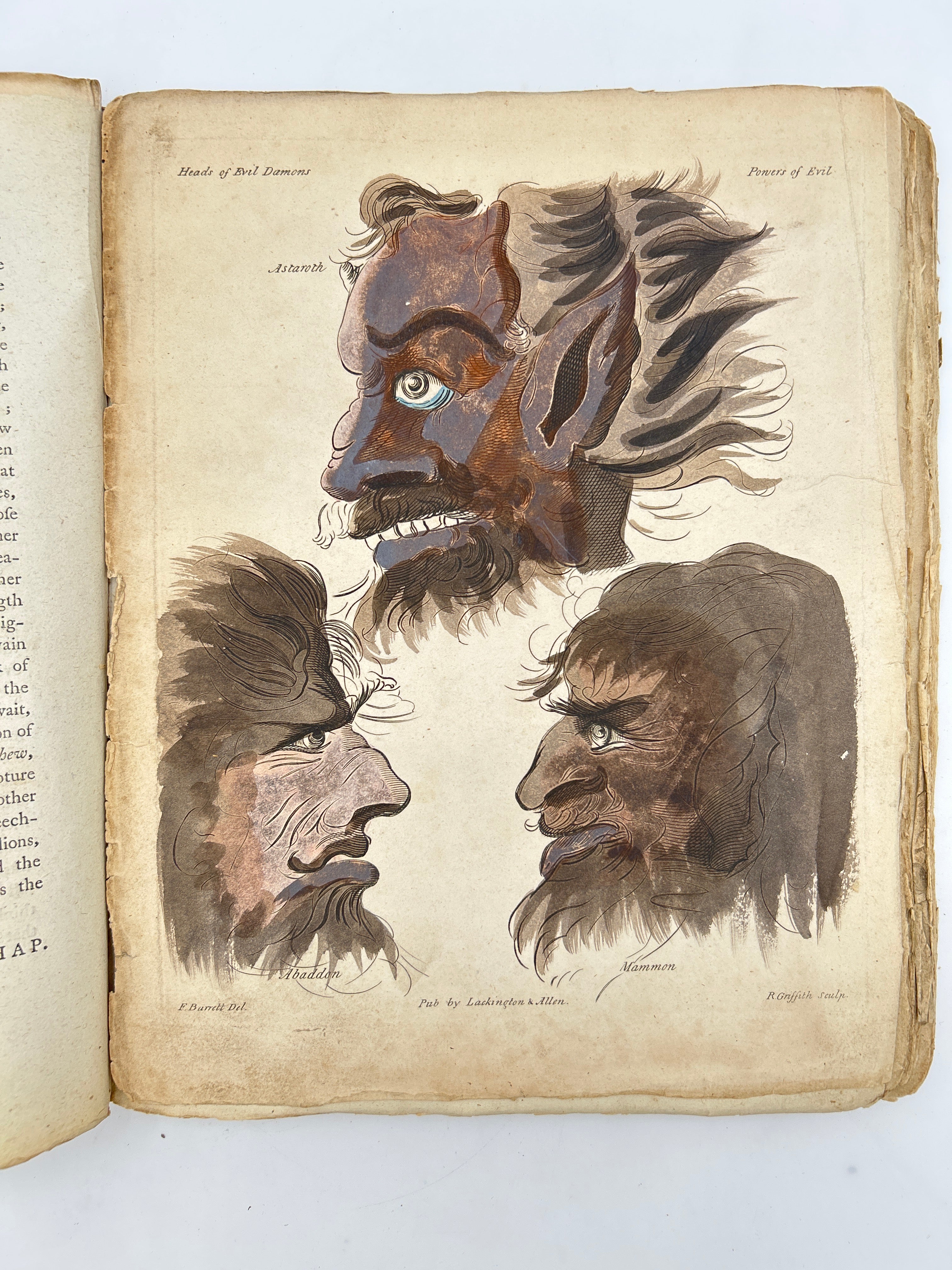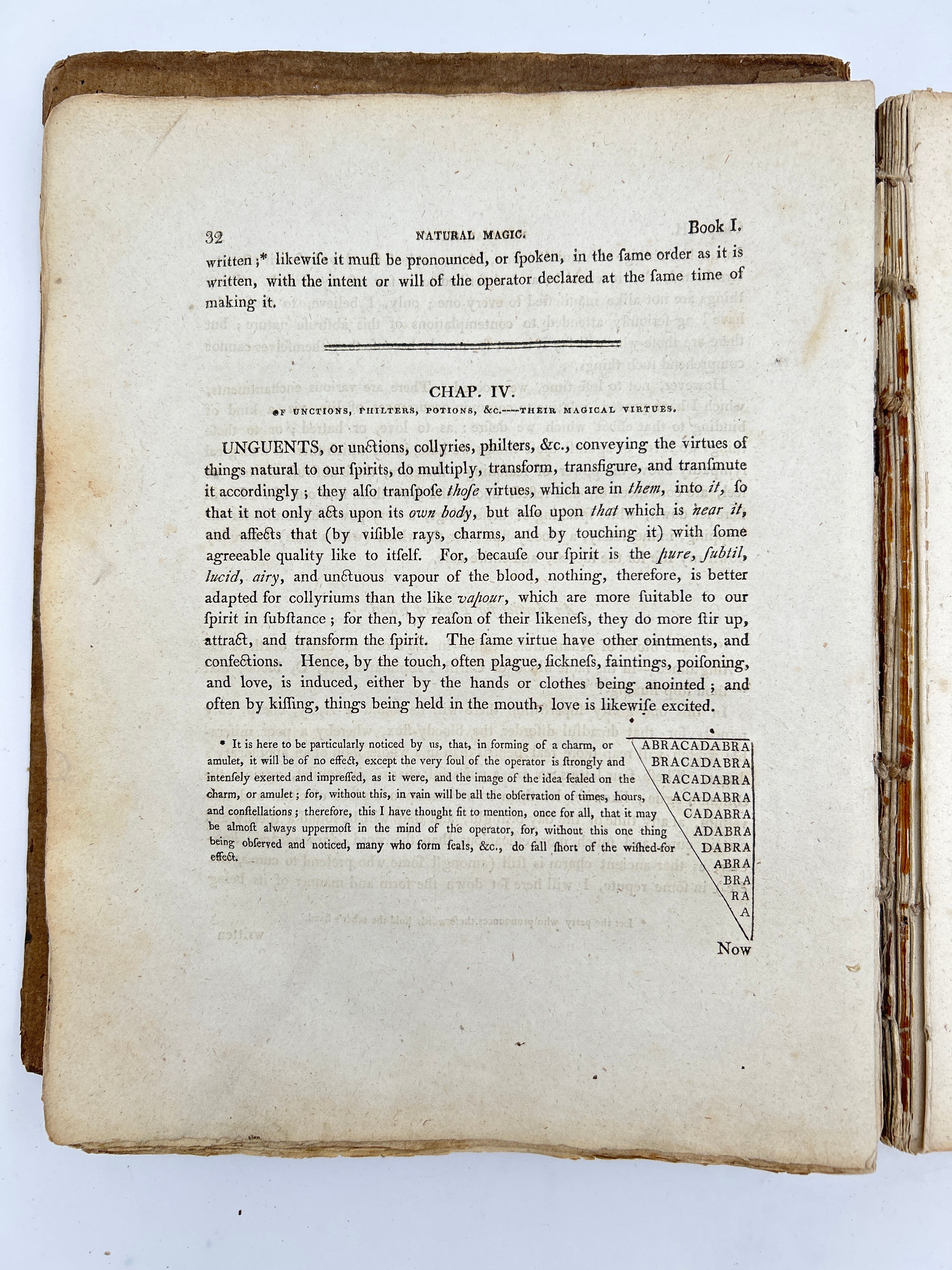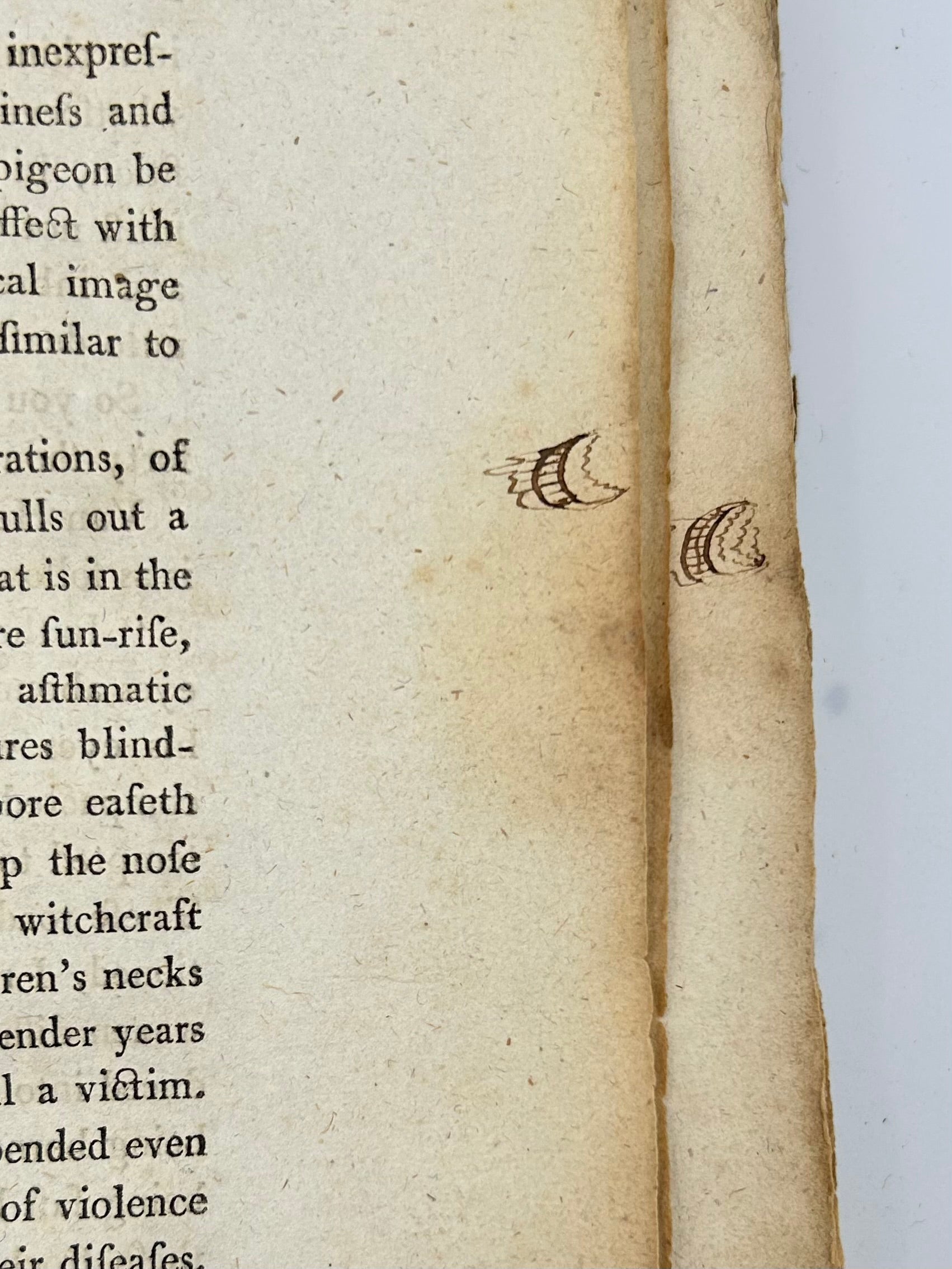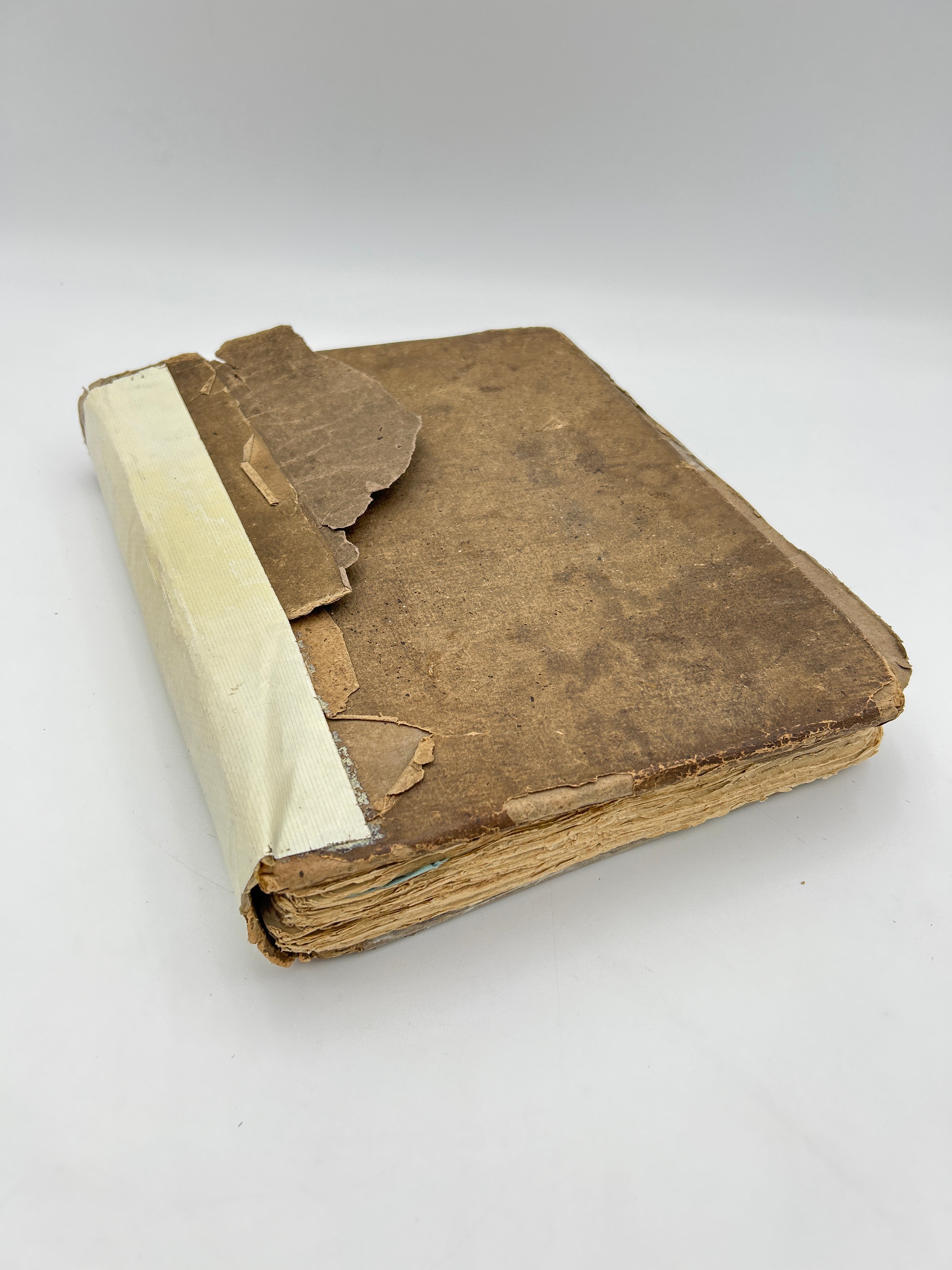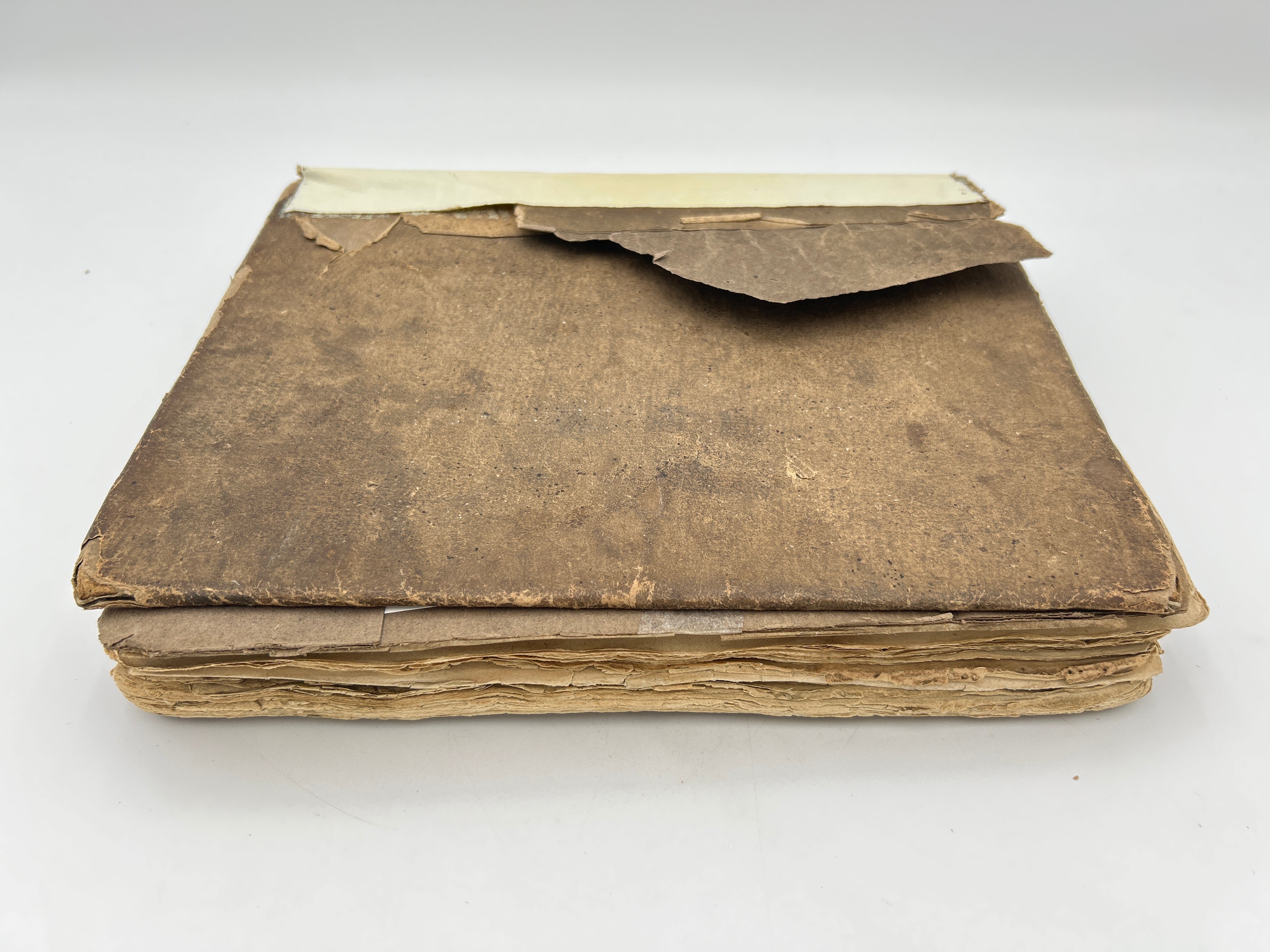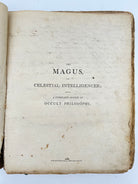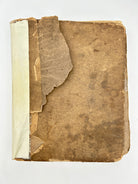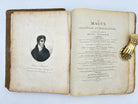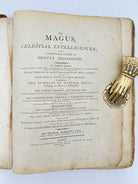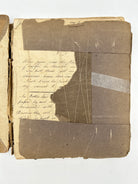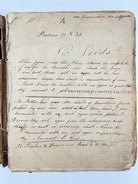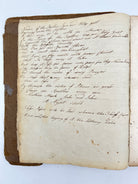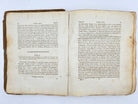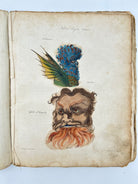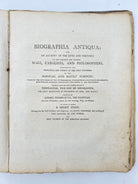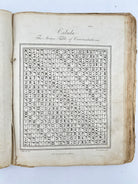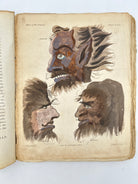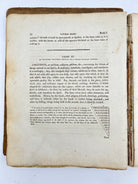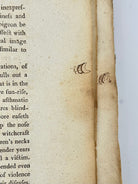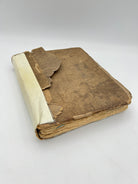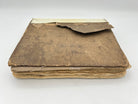The Magus: Celestial Intelligencer
Couldn't load pickup availability
5RR Francis Barrett. London: Lackington, Allen, and Co. 1801. Two Books in One Volume.
Notes
The Magus: Celestial Intelligencer, often simply called The Magus, is a well-known occult compendium compiled by Francis Barrett (not Frances Barnett) and first published in 1801. Barrett, a British occultist and student of esoteric traditions, aimed to make the teachings of older magical texts more accessible to a new generation of English readers. The Magus is a dense and richly illustrated work that draws heavily on earlier sources such as Cornelius Agrippa’s Three Books of Occult Philosophy, Pietro d’Abano’s writings, and various grimoires and alchemical treatises. It covers a wide array of magical subjects including ceremonial magic, natural magic, astrology, talismanic magic, and the invocation of spirits, with an emphasis on both practical rituals and philosophical underpinnings.
The 1801 edition of The Magus is the most important, as it is the original and only edition published during Barrett’s lifetime. It is notable for its ambitious scope, elaborate engravings, and synthesis of mystical teachings. Presented in two parts, the first deals primarily with natural and divine magic, the elements, and celestial influences; the second focuses more heavily on spirit conjuration and the construction of magical tools and talismans. Barrett claimed to be compiling and translating the wisdom of the ancients, but he also added his own commentary and occasionally restructured material to suit contemporary tastes. The book’s illustrations—such as magical circles, pentacles, and diagrams of spirits—made it especially influential for the visual imagination of later occult traditions.
While The Magus was not widely influential in mainstream religious or scientific circles of the time, it did help keep Renaissance and medieval magical traditions alive during a period when such ideas were increasingly marginalized. It became an important source text for 19th- and early 20th-century occult revival movements, particularly in Britain. Figures in the Hermetic Order of the Golden Dawn and other esoteric societies reportedly drew inspiration from it, both for its ceremonial instructions and its syncretic approach to Western magic. Barrett’s efforts to gather and organize ancient magical thought made The Magus a kind of bridge between past magical literature and modern occultism.
Despite being derivative in many respects, The Magus holds a unique place in the history of esoteric literature. It is both a reflection of Barrett’s era and a precursor to later magical handbooks. Its 1801 printing is now a collector’s item and a historical artifact that continues to be studied by scholars and occult practitioners interested in the lineage of Western mysticism.
Description
Cloth covers unattached, held together with white tape to spine. Binding unconnected. Illustrated with frontispiece portrait and 22 engraved plates including five hand-colored and one folding illustration. Contemporary notes to blanks including also a full page contemporary manuscript loosely inserted of a spell. VERY RARE unsophisticated cope of the 1801 original.
